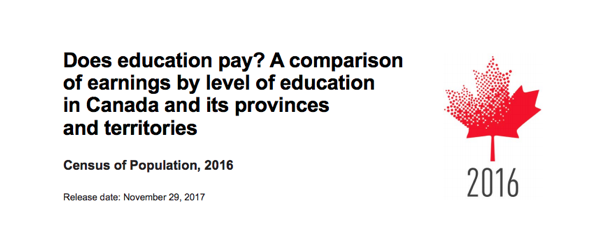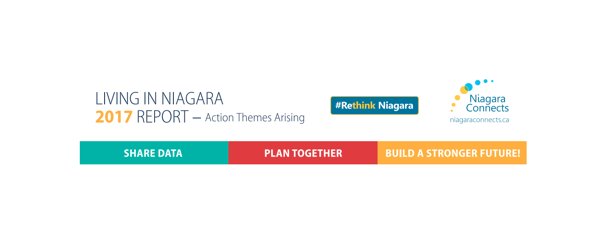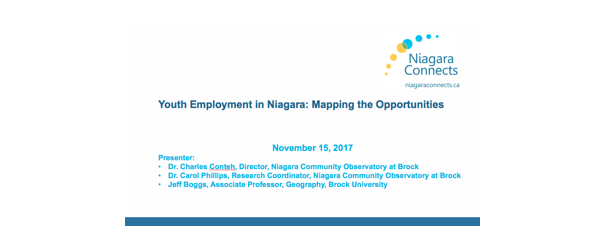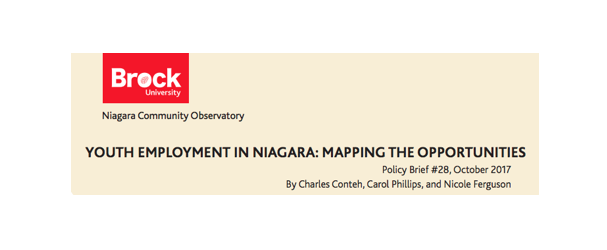Working Seniors in Canada (Census in Brief)
Because of lower fertility rates, longer life expectancy and the aging of the baby boom cohort, seniors’ share of the population has increased. On Census Day in 2016, Canadians aged 65 and older represented 16.9% of the population, up from [...]
Journey to Work Infographic
This infographic is a summary of 2016 Census data. Published By: Statistics Canada Publication Date: November 2017 View Journey to Work Infographic
Canadians in the Workforce Infographic
Infographic summary from 2016 Census data. Published By: Statistics Canada Publication Date: November 2017 View Canadians in the Workforce Infographic
Is Field of Study a Factor in the Earnings of Young Bachelor’s Degree Holders? (Census in Brief)
Young graduates from many different fields of study help ensure a prosperous future for Canada. They are those who will build and maintain a strong social infrastructure in areas such as education, communications, justice and health, alongside graduates in science, [...]
Are Young Bachelor’s Degree Holders Finding Jobs that Match Their Studies? (Census in Brief)
Are young postsecondary graduates finding employment related to their studies? Are there opportunities for them to use the skills they have acquired by obtaining bachelor’s degrees? Do women and men fare similarly? And are there differences on these dimensions whether [...]
Does Education Pay? A Comparison of Earnings by Level of Education in Canada and its Provinces and Territories (Census in Brief)
Canadians complete postsecondary education for many reasons, including the desire to improve their quality of life or to pursue their passion. For many, ensuring financial security after graduation is also an important motivation. This report looks at how postsecondary education [...]
Canada’s Educational Portrait
Infographic summary from the 2016 Census of Population. Published By: Statistics Canada Publication Date: November 2017 View Canada's Educational Portrait
Living in Niagara – 2017 Report: Action Themes Arising
The Living in Niagara – 2017 report aims to support evidence-informed planning in the Niagara context by offering data to guide research and focused decision-making in the Niagara context. This handout summarizes the action themes arising in each of the [...]
Scaling Up Niagara: Issues and Approaches to Improving SME Productivity and Growth (Policy Brief #29)
Brock University's Niagara Community Observatory and Niagara College's Productivity and Innovation Lab have partnered to undertake a research project investigating how Niagara SMEs can grow to become more productive and competitive, leading to a more prosperous region. The purpose of [...]
Youth Employment in Niagara: Mapping the Opportunities (Event Recording)
This is an event recording of the November 15, 2017 webinar with presenters Dr. Charles Conteh, Dr. Carol Phillips & Jeff Boggs. 64 participants joined this event from 20 different organizations across Niagara. The Niagara Community Observatory (NCO) has recently developed a policy brief [...]
Youth Employment in Niagara: Mapping the Opportunities (Policy Brief #28)
This brief is a culmination of the research that took place during Niagara Community Observatory's binational prosperity initiative, funded in part by the Niagara Community Foundation and the Ontario Trillium Foundation. The research features industry asset maps, estimated employment counts, [...]
Recognizing Volunteering in 2017: Summary Report
This study aims to better understand what kinds of activities people consider to be volunteering, how people are currently engaged in communities, and how we can recognize a broader definition of volunteering through the notion of ISR that reflects a [...]
Powerhouse Project Young Carers Initiative: Annual General Meeting Report 2015-2016
This report details the Annual General Meeting of the Young Carers Initiative. The meeting focused on asking Powerhouse Project members: If you could give a young carer advice based on your own experiences, what would it be? The report summarizes Powerhouse [...]
Ontario Early Years Child & Family Centres: Initial Plan for Niagara Region
Over the last year, Niagara Region Children’s Services has been working with the Ministry of Education and local early years sector service providers who have provided valuable input, feedback, and recommendations to inform the needs assessment. This has allowed Niagara [...]
Niagara Region Agri-Food Strategy
Agri-food is an inclusive term that refers to all forms of commercial agricultural activity and all stages of food and beverage processing. Agri-food encompasses ornamental horticulture - flowers, shrubs, and trees grown in greenhouses and in nurseries- as well as [...]
Fort Erie Multicultural Centre Annual Report
As a gateway organization at one of Canada’s largest entry points, the Fort Erie Multicultural Centre provides a continuum of services to support newcomers from the point of their first steps in Canada until their long-term integration into local communities. [...]
The Life Course Approach to Analyzing and Visualizing Niagara’s Top Health Issues
In 2017, Niagara Region Public Health took a Life Course Approach to analyzing and visualizing Niagara's Top Health Issues ("Top 10"). Forty-nine thousand lines of data from a variety of sources (Canadian Community Health Survey data, EMS transports, ED visits, [...]
Hunger Count 2016
In March 2016, 863,492 people received food from a food bank in Canada. This is 1.3% higher than the same period in 2015, and 28% higher than in 2008. The HungerCount report puts forward a number of policy recommendations to [...]
Immigration and Ethnocultural Diversity: Key Results from the 2016 Census
On Census Day, 21.9% of the population reported they were or had ever been a landed immigrant or permanent resident in Canada. This proportion is close to the 22.3% recorded during the 1921 Census, the highest level since Confederation. In 2016, Canada had 1,212,075 new immigrants who [...]
Housing in Canada: Key results from the 2016 Census
The housing landscape in Canada has changed over the past decade, against a backdrop of record low-interest rates since the 2008-2009 recession, increased construction of condominiums, and rising home prices. Having a home affects almost every aspect of life. As such, housing [...]





















